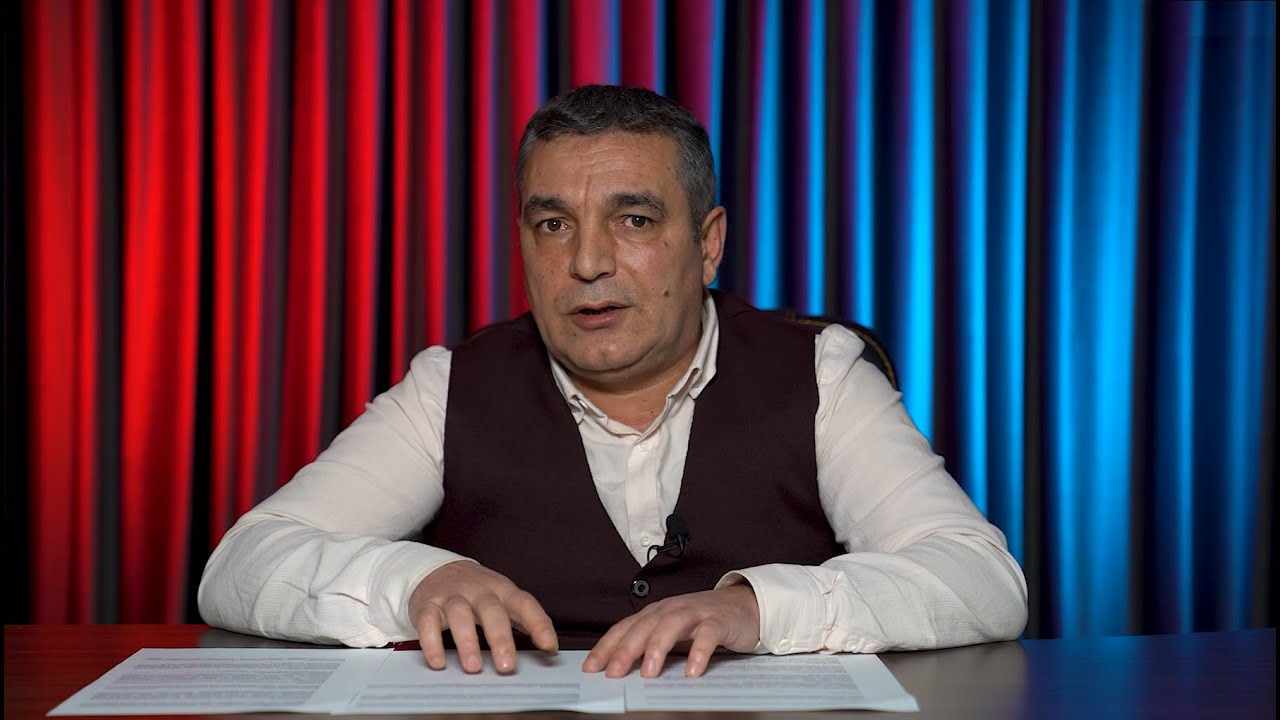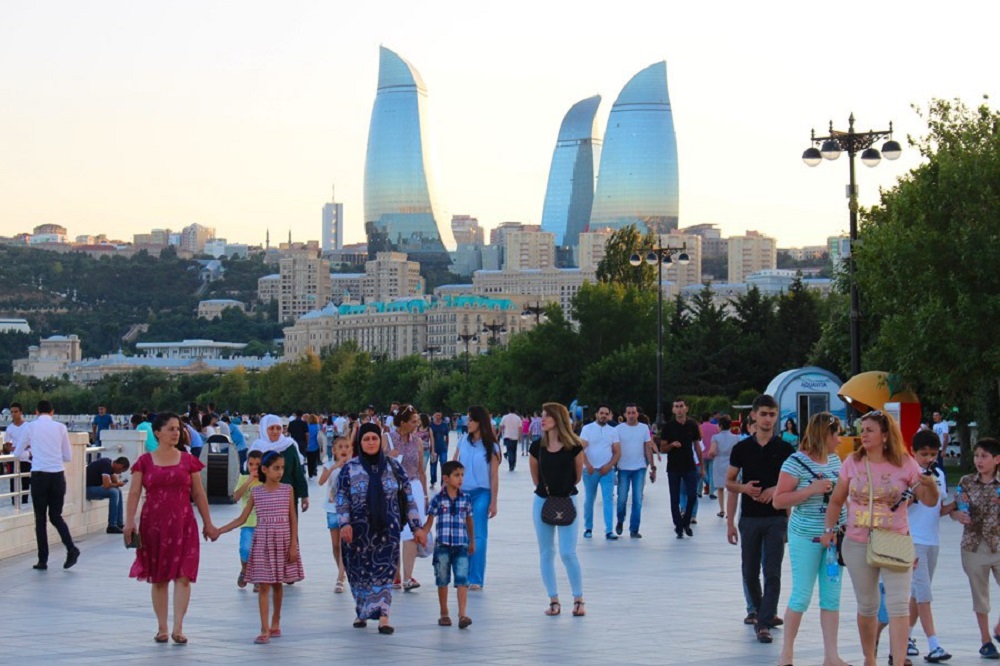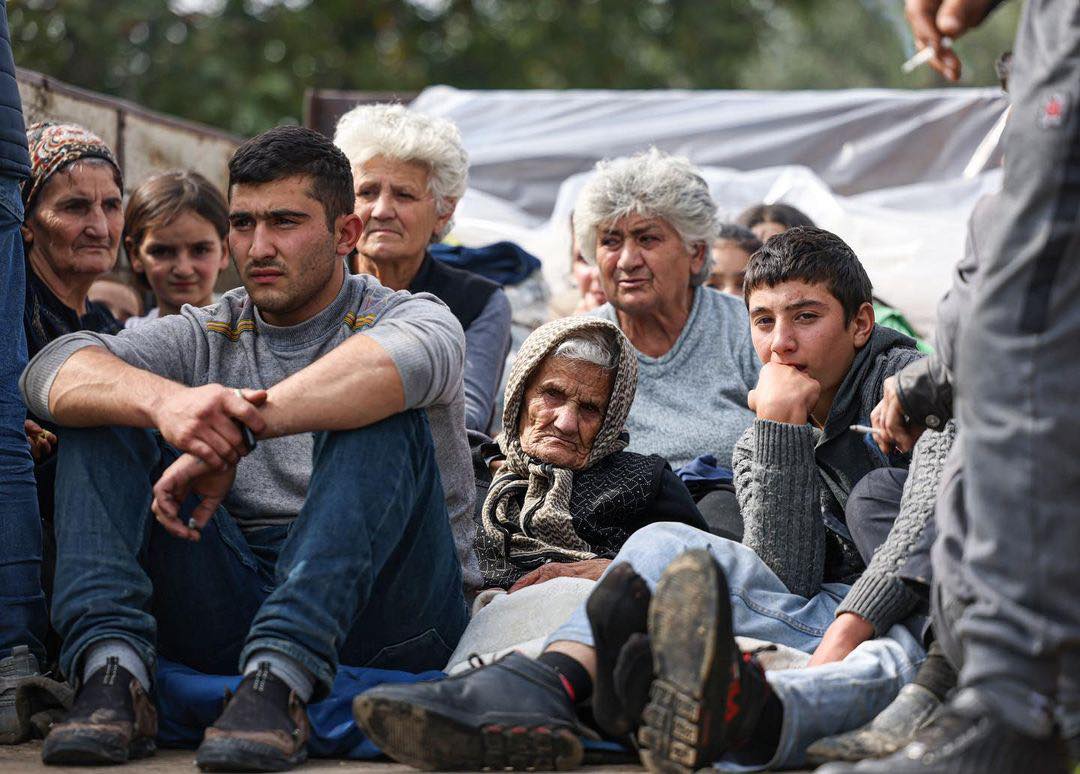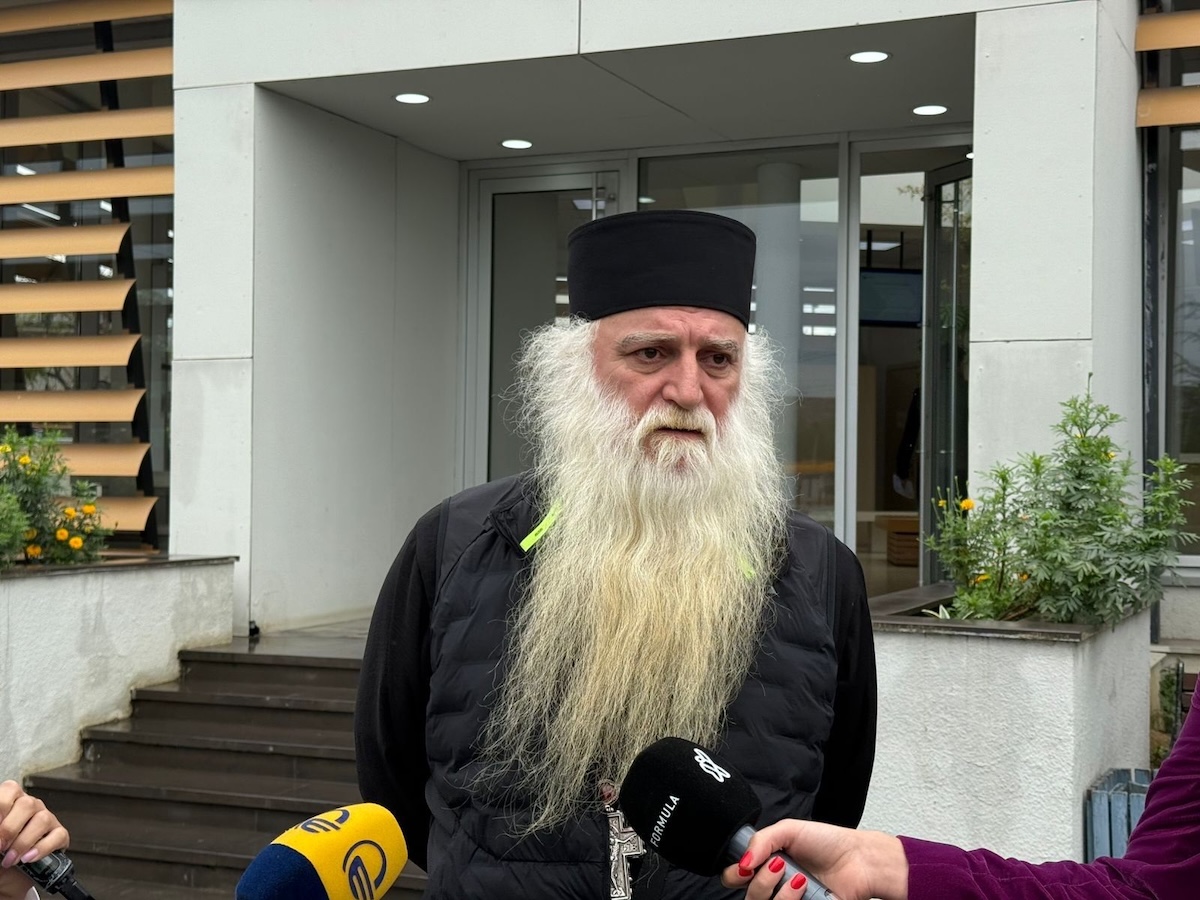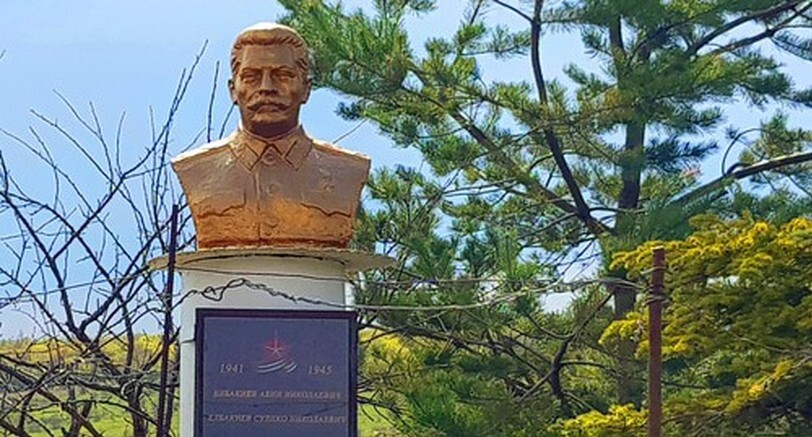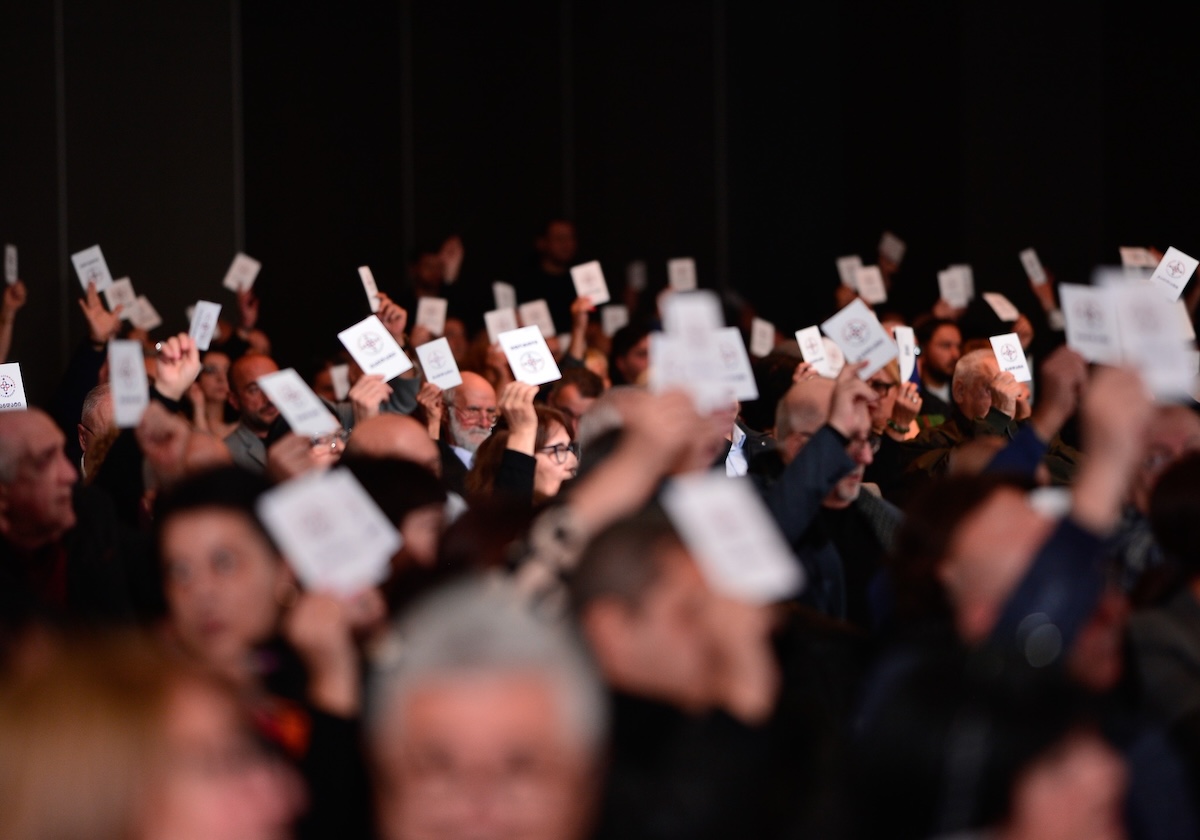Opinion: Rent-to-own flats in Baku — support for low-income families or elite project?
Mortgaged flats in Baku
The Azerbaijan Mortgage and Credit Guarantee Fund has put 213 fully renovated flats up for sale in a residential complex on Jafar Khandan Street in Baku’s Binagadi district, under a rent-to-own scheme.
The main aim of this mechanism is to provide housing for people who cannot afford to buy a flat outright.
However, the announced prices and terms have raised concerns.
Economist Toghrul Mashalli disagrees with the Fund’s claim that the programme is designed to ease the homebuying process for the population.
“Move in without down payment and pay under favourable terms” — fund’s promise
In an official statement, the Mortgage and Credit Guarantee Fund said:
“The rent-to-own mechanism was created to offer citizens struggling to buy property long-term and convenient payment options.
Tenants can move into their flats without making an initial payment and cover the cost over many years on favourable terms. This method is widely used across Europe and globally, and its primary goal is to make housing more accessible.”
Monthly payments equal nearly 90% of average salary
The monthly payments for the listed flats start at 954 manats (around $560).

Economist Toghrul Mashalli: “This amount equals roughly 90% of the official average salary in Azerbaijan (1,063 manats before tax).
It means that an average earner would have to spend nearly their entire income on housing. That’s completely unrealistic.”
Who is this housing really for?
The economist believes that, in reality, only high-income citizens can afford such terms.
“A person earning less than 2,500–3,000 manats a month (around $1,700) won’t be able to buy this kind of housing. But for those with that level of income, this mortgage is actually a very attractive option,” he says.
Elite housing disguised as a social programme?
Toghrul Mashalli notes that questions have long been raised about Azerbaijan’s so-called social housing schemes.
“Social housing should primarily target low-income citizens. But in practice, such flats are usually bought by those with solid financial means. This only deepens social inequality.
The current model serves only the well-off.
A more accessible and fair housing policy is needed for those who are truly in need,” the economist argues.
Are there alternatives?
In some countries, social housing is provided to low-income citizens through state subsidy programmes.
“For example, long-term interest-free or subsidised mortgage loans are used. Monthly payments are adjusted according to income levels, and utility bills are partially subsidised,” Mashalla explains.
In his view, if the Azerbaijani government is genuinely planning to implement a social housing programme, it should consider such models.










